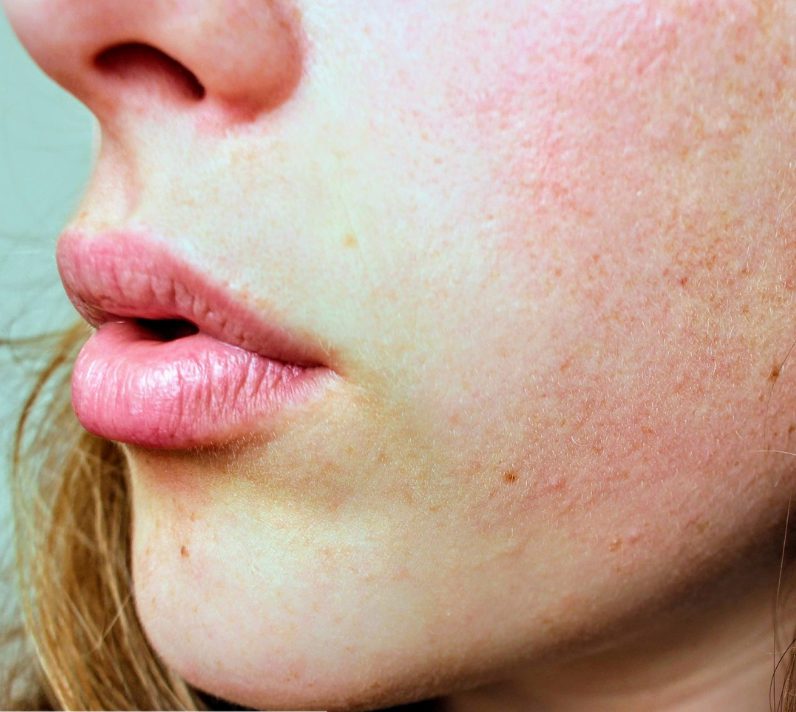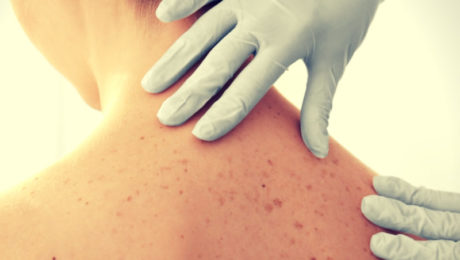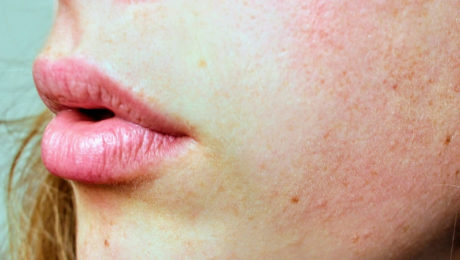A Guide To PRP Therapy
MONDAY, 19 MARCH 2018 / PUBLISHED IN BLOG
PRP (Platelet-Rich Plasma) therapy has revolutionized treatments in rheumatology, offering effective solutions for musculoskeletal conditions like joint issues and swelling. Here’s everything you need to know about integrating PRP into your practice.
Benefits of PRP Therapy in Rheumatology
PRP therapy is a game-changer in rheumatology, providing a non-invasive alternative to surgery with minimal risk and maximum efficacy. Despite initial skepticism, PRP has proven instrumental in alleviating symptoms and enhancing patient outcomes.
Factors Influencing PRP Treatment Success
Successful PRP treatments depend on several factors:
Platelet Concentration
Utilizing a quality PRP kit is essential for concentrating platelets 5-8 times above baseline levels. Adimarket offers reliable kits that optimize platelet concentration, crucial for treatment efficacy.
Role of White Blood Cells
PRP formulations with white blood cells can expedite healing by removing dead cells and bacteria. Variants like Red Blood Cells and Platelet Serum provide additional options based on treatment needs.
Anti-Coagulants and Buffers
Using anti-coagulants during PRP preparation prevents clotting but may increase blood acidity, affecting growth factors. Incorporating buffers before injection can mitigate acidity, preserving growth factor efficacy.
Clinical Evidence Supporting PRP
Numerous studies validate PRP’s effectiveness across various conditions:
- Subacromial Tendonitis: PRP significantly reduces the need for surgery compared to traditional treatments like bupivacaine and methylprednisolone.
- Epicondylitis: PRP shows substantial improvement rates, surpassing outcomes achieved with corticosteroid treatments.
- Plantar Fasciitis: PRP demonstrates superior outcomes over corticosteroids in long-term symptom relief.
- Knee Osteoarthritis: Systematic reviews highlight PRP’s superiority over hyaluronic acid in enhancing knee joint cartilage.
Integrating PRP Into Rheumatology Practice
Embracing PRP enhances patient care by offering a safe, effective, and economical treatment option. Early adoption allows rheumatologists to lead in innovative medical practices, benefiting millions of patients seeking alternatives to invasive procedures.
Conclusion: Embrace PRP for Enhanced Patient Care
PRP therapy is not just a passing trend but a transformative approach in rheumatology. With its proven track record and increasing popularity, incorporating PRP into your practice is a proactive step towards achieving superior patient outcomes.
By partnering with Adimarket for reliable PRP kits and equipment, rheumatologists can deliver cutting-edge care that meets the growing demand for safe and effective treatment options.
- Published in Blog
Three popular PRP Treatments for Skincare
THURSDAY, 15 MARCH 2018 / PUBLISHED IN BLOG
Thousands of skincare centers across the nation provide at least one kind of PRP treatment. However, most do not go any further than micro-needling with a topical solution. This is mainly because it is far simpler than all other methods, and it is incredibly popular. However, it would make more sense for many practices that have invested in equipment to add PRP injections as well.
PRP Is Growing Substantially
Regardless of what is being treated, the protocol for obtaining PRP is the same: draw the blood, place it in the centrifuge, and then extract the PRP from the rest of the material. This simplicity, combined with PRP’s vast usability, can create significant and mind-blowing advances in modern medicine.
This includes skincare, as the PRP obtained from patients can be used in a plethora of ways. Here are a couple of examples of what can be performed by dermatologists and plastic surgeons worldwide.
Skin Augmentation
Adding a topical solution of PRP combined with microneedling can help regenerate dying skin cells and make the skin feel soft. Although this will probably work for most clients, many might want more. For instance, if you want to plump up the face, injecting PRP into the dermis can provide both beauty and a healing process.
If you want to create volume, you will need a filler. One way to do this is by using a Platelet-Poor Plasma filler (PPP), often left over from the PRP process. You can also use Hyaluronic Acid. A combination of these with PRP has been known to provide wonderful results, with some clinicians boasting a 100% success rate.
Vitiligo Correction
Many companies spend millions of dollars to find out how to turn defective cells healthy again, often looking into DNA technology. However, simply utilizing PRP may provide the same results. Some studies have shown that adding CO2 laser therapy for correcting vitiligo to a PRP treatment can increase its effectiveness by four times. This can also be beneficial in other areas, such as correcting wrinkles and even acne scars. So combining PRP treatments with conventional therapies can boost the effects tremendously.
If PRP can help boost the effects of lasers, it may also boost the effects of other skin therapies. This is a great opportunity to continue the work you do, but this time more effectively due to a simple method. Hundreds of skincare facilities are already providing this for their clients.
Hair Rejuvenation
Mesotherapy is a common treatment that utilizes microinjections to deliver medication throughout the skin’s surface. This procedure has provided great quality results by adding peptides and vitamins to the mix. However, one of the best ways to incorporate this into your practice is by using PRP therapy.
Mesotherapy can also be used to provide an even amount of PRP all over the body, including the face, neck, hands, etc. This helps to rejuvenate the skin and reduce wrinkles, discoloration, and stretch marks. However, it works best for hair loss treatments. In fact, adding PRP to mesotherapy has exceeded the industry’s expectations.
This is why PRP therapy is something every skincare clinic should offer. Since hair loss affects both men and women, it is important to make your treatments as effective as possible. Your patients will benefit from it, and satisfaction will rise. Is there any other reason to put it off?
“But I Never Heard Of Them!”
Some of these treatments and combinations are incredibly new, so new that many might not have heard of them before. This is why signing up to use them as soon as possible is vital. This way, you can be a step ahead of the competition when it comes to providing great services.
The demand for PRP is only growing over time, and the sooner you can get on board, the better off your practice will be. If you are interested in learning more about PRP therapy or checking out our line of PRP equipment, visit the Adimarket website.
PRP provides more effective treatments in less time, for less money, and with more satisfaction. Many practices have put their trust in this treatment and have been reaping the long-term benefits. PRP is here to stay. Are you ready to seize the potential of this great medical revolution.
- Published in Blog
Why Dermatologists Should Use Platelet-Rich Plasma (PRP)
WEDNESDAY, 14 MARCH 2018 / PUBLISHED IN BLOG
PRP is a powerful means of regenerating tissues and has seen substantial growth in popularity among patients, especially those who suffer from alopecia. This is despite the apparent lack of evidence that supposedly surrounds the treatment.
Is It a Lack of Evidence or Just a Lack of Funding?
The lack of widespread research may have more to do with funding than anything else. Many of the studies currently available about PRP were unfunded, especially on the subject of hair regeneration. However, despite this lack of funding, the demand for PRP treatments for hair loss is growing at an unprecedented rate.
Types of PRP Kits
When it comes to PRP kits, there are three kinds to choose from:
- Kits that use gels
- Kits that create a buffy coat
- Kits that create a buffy coat utilizing a double spin.
It is generally agreed that the last option creates the most reliable and concentrated form of PRP possible, at 5-7 times the baseline amount of platelets. This concentration level also has the most nutrients, which helps in the regeneration of blood vessels and stem cells.
Combining PRP with Micro-needling
One commonly recommended tactic is to combine PRP hair regeneration with micro-needling and a topical layer of PRP. This can be beneficial in some cases. Micro-needling creates small amounts of trauma, prompting the body to react with a healing response. This response, mixed with PRP, can help stimulate the growth of new cells.
In some instances, a dermatologist might have three sessions, with the first two being PRP injections and the middle one being micro-needling with a PRP topical solution. However, micro-needling is completely optional. Whether you choose to use this method or not, you will still be injecting the patient with PRP at the scalp.
Combining PRP with an Allograft Matrix
Many hair regeneration experts combine PRP with an allograft matrix. These are often used for healing wounds as they activate inactive adult stem cells. This makes wounds heal faster. Allografts act like a scaffold, proliferating cell regrowth and speeding up the healing process. Many experts in the field have noted a high degree of success using this method.
Allografts are generally made from pig bladder tissue. However, a better type of allograft is made from amniotic tissues and fluid. This type of allograft can be utilized with little or no chance of being rejected by the body, unlike those made from pig bladders.
Medications vs. PRP
The main drugs commonly used to regrow hair are Minoxidil and Finasteride. These were designed to prevent male pattern hair loss but did almost nothing to regrow lost hair. These drugs are known to be temporary solutions, and if patients stop taking them, the benefits quickly reverse. They are also not 100% effective at stopping hair loss but can slow the progression.
However, PRP is different. It may be the only treatment on the market that has been clinically proven to regrow hair and heal hair follicles. This means it not only slows down hair loss but actually helps with hair growth.
Many may ask how temporary the solution is, given that other drugs on the market are just temporary solutions. However, many patients report that a PRP and allograft combination treatment gave them great results lasting nearly half a decade or more with just one treatment. Each patient is different, though.
Aside from drugs, the only other option for hair loss was hair transplants. This is why PRP has been growing in popularity in hair regrowth groups. Although other treatments are not obsolete, adding PRP therapy can be both beneficial and safe for patients in the long run.
Some people combine the two, using PRP alongside Minoxidil and Finasteride with little to no side effects. You can even combine PRP with laser light scalp stimulation therapy, but that is up to you.
So Try It Out
PRP for hair regeneration, skin rejuvenation, and even facelifts is going strong with no sign of stopping. Many dermatologists have already adopted this treatment, and since it is not going anywhere anytime soon, it may be beneficial for you to join in on it too.
For more information about PRP, including equipment, check out the Adimarket website. We provide great tools for any practice to utilize.

- Published in Blog
- 1
- 2





